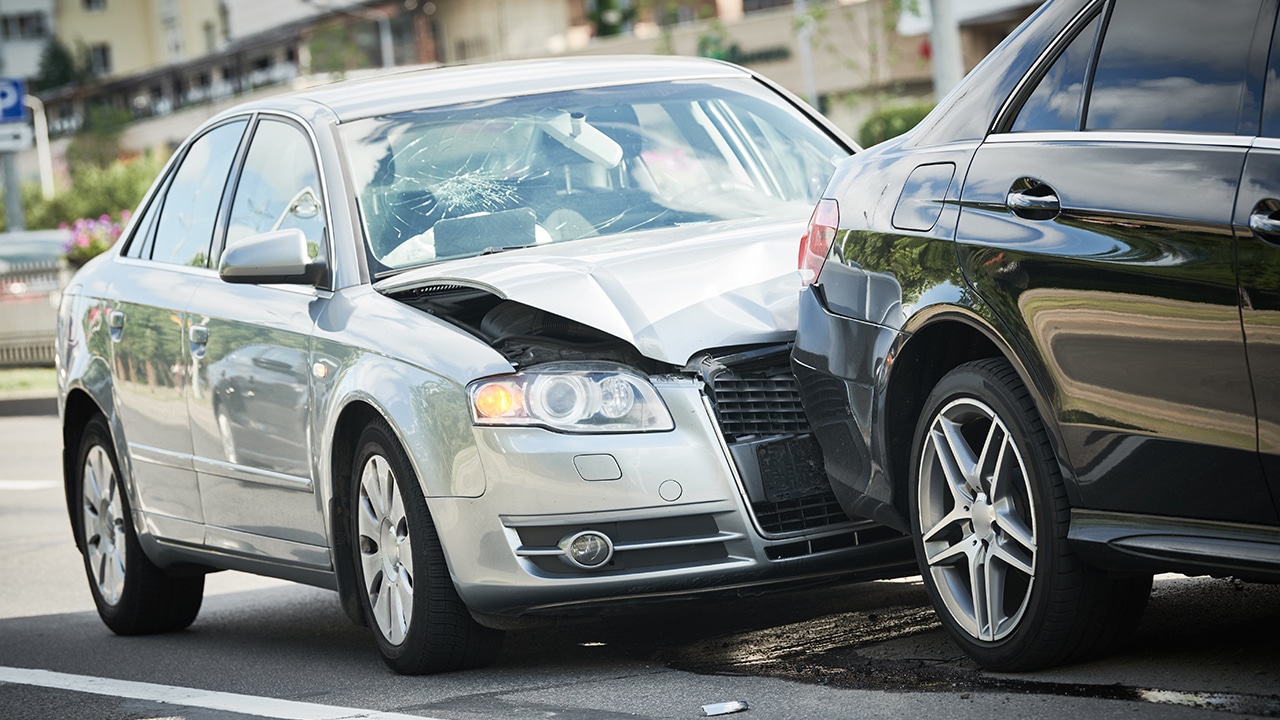Affiliate Disclosure: Automoblog and its partners may earn a commission if you purchase a plan from the car insurance providers outlined here. These commissions come to us at no additional cost to you. Our research team has carefully vetted dozens of car insurance providers. See our Privacy Policy to learn more.
- The requirements for minimum insurance vary widely by state.
- Bodily injury and property damage liability insurance are required in almost every state.
- Consider both the mandated types of coverage and the necessary coverage limits when checking your state’s laws.
Almost everywhere across the U.S., you’re required by law to carry an auto policy that either meets or exceeds your state’s minimum insurance requirements. These rules vary by state and dictate what types of and how much car insurance you must carry to legally drive your vehicle.
Our experts compiled the minimum insurance requirements by state to provide a guide for those in need of coverage. In this article, you’ll learn which types of insurance are required by each state so you can be informed before reaching out to the best auto insurance companies.
Car Insurance Coverage Requirements
There are two main pieces to state minimum insurance requirements: types of coverage and coverage limits. Both aspects vary considerably between states and are major factors in average car insurance costs.
Types of Required Insurance Coverage
While you can include many types of coverage on your auto insurance policy, only a few are part of state requirements. The standard coverage types mandated by many states include:
- Bodily injury (BI) liability: Covers medical expenses, lost wages, and other injury-related damages for other parties in an accident for which you’re found at fault.
- Property damage (PD) liability: Covers the cost of repairing or replacing other parties’ damaged vehicles after an at-fault accident.
- Personal injury protection (PIP): Covers medical bills, lost wages, and other related damages for your party resulting from an accident, regardless of who caused it.
- Medical payments (MedPay): Covers medical expenses for people in your party resulting from a car accident, no matter who is at fault. Medical payments coverage is offered in many at-fault states as an alternative to PIP.
- Uninsured motorist/underinsured motorist (UM/UIM): Covers accident-related damages when an at-fault driver lacks sufficient insurance to pay.
What Are Insurance Coverage Limits?
The other element of insurance requirements is the minimum coverage limit set by your state. Coverage limits are the maximum amount an insurer will pay toward a claim, with drivers being personally liable for any costs that exceed the limit.
Some types of car insurance carry both per-person and per-accident limits. Per-person limits identify the maximum payout to an individual in an auto insurance claim while per-accident limits define the maximum payout for that coverage type in a claim.
What Happens If I Lack Minimum Coverage?
If you fail to meet the minimum amount of liability insurance required in your state, there’s a high likelihood that you’ll face severe penalties. Each state has its own laws, but expect to pay a fine and lose your driver’s license and vehicle registration. You could also face jail time and have to buy SR-22 insurance if you’re caught without minimum-coverage car insurance.
Minimum Insurance Coverage Requirements by State
State Car Insurance Requirement Exceptions
While the minimum insurance by state isn’t exactly negotiable, several states allow for some exceptions. Some of the most well-known include:
- Uninsured motorist registration: Virginia allows drivers to not carry car insurance and pay a $500 yearly fee instead. Drivers who register as uninsured motorists are still liable for damages after an accident but can legally operate their cars without coverage.
- Financial responsibility waiver: Some states accept financial responsibility waivers in place of their minimum coverage requirements. Drivers must either post surety bonds or send a deposit to their state’s department of motor vehicles (DMV). Those who show proof of financial responsibility on their own are referred to as having “self-insurance.”
- Lowered liability limits: Certain states such as Michigan let qualifying drivers purchase lesser levels of auto insurance than those who are more financially secure.
How Can I Get Cheap Car Insurance?
Instead of searching for minimum coverage or auto insurance exceptions, we’d recommend using several methods to access affordable car insurance. Some of the easiest ways to save money on auto insurance are by bundling coverage types, increasing your deductible, asking insurance agents about discounts, and getting multiple quotes on automobile insurance.
No matter what your state’s requirements are, most insurance experts suggest a full-coverage car insurance policy with higher limits. With this option, you’ll receive comprehensive coverage and collision coverage that protect your own financial assets instead of just others’ damages. Those who have an auto lender are typically required to purchase these two coverage types.
Remember that cheap auto insurance coverage won’t save you much money after you cause an accident. That’s why it’s best to move beyond minimum coverage if you have the ability to do so.
Minimum Insurance Requirements: Conclusion
The minimum insurance by state varies widely, with auto coverage types and amounts spanning a wide range. While there are some exceptions, the need for at least some form of minimum coverage is a constant across the U.S.
You may also want to consider additional coverage options such as roadside assistance, rental car reimbursement, and trip interruption benefits. The best way to find affordable and quality protection is by comparing car insurance quotes from leading providers.
Minimum Insurance by State: FAQ
Here are some frequently asked questions about the minimum insurance levels permitted by states:
What is the minimum insurance coverage required by most states?
While each state sets its own minimum limits for car insurance, the most common are $25,000 per person and $50,000 per accident in bodily injury liability coverage. Make sure to check your state’s specific laws, as there’s a good chance that your location requires a different amount
Which insurance is required in all 50 states?
Car insurance isn’t required in Virginia or New Hampshire, but you’ll be required to purchase bodily injury and property damage coverage in almost all states. Many other places mandate uninsured motorist coverage and personal injury protection along with that coverage.
What is the best car insurance company?
The best provider isn’t the same for every driver, but we found that motorists often receive competitive insurance rates and superb coverage from State Farm, USAA, and GEICO. We’d recommend considering these companies as you search for auto coverage.
What is the least amount of car insurance I need?
The least amount of car insurance you need depends on your location, as rules differ across state lines. Check with your state’s DMV if you’re unsure of how much auto insurance is necessary where you live.
Is insurance required in all 50 states?
Auto insurance is required in every state except for Virginia and New Hampshire. Even in these two states, the vast majority of motorists pick up coverage as a form of financial protection in case they are involved in an at-fault accident.




